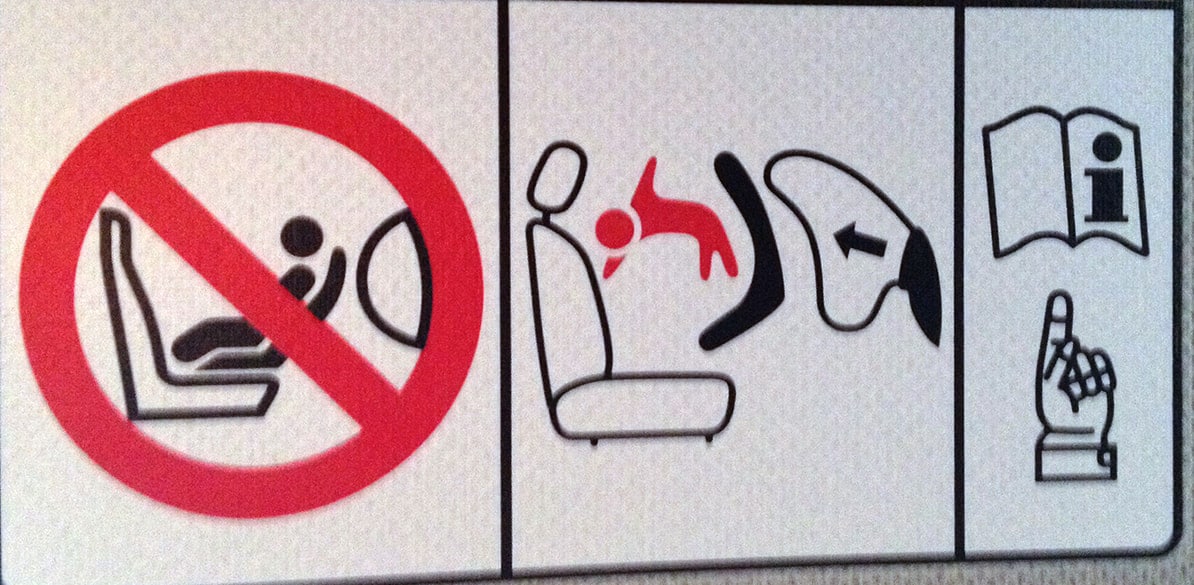When should you disable the front passenger airbag, and how do you do it?

Road Safety
How do you disable the airbag on the passenger side?
Bear in mind that not every model by every manufacturer has the same system or the same steps to disable the passenger airbag. Consequently it is essential to read the manufacturer’s manual which will give you all the steps that need to be taken. In addition, not every vehicle offers the option of disabling the passenger airbag, especially older models. Almost every new car offers this option as manufacturers are very aware of the importance of disabling the airbag if a child in a rear-facing CRS is traveling in the front passenger seat. The usual case is to disable the airbag with the ignition off. This avoids any possible malfunctions. Many vehicles offer the option of disabling both the front and side airbags of the front passenger seat. This usually takes the form of a switch that is found on the right-hand side of the windscreen or inside the glove compartment and has the following positions: on (to activate the airbag so it can be deployed in the event of an accident) and off (to disable it when there are children traveling in the front seat, especially if they are facing backwards). Normally you need a special key which is inserted into the corresponding slot to disable it. There is usually a confirmation that the airbag is disabled with the illumination of one of the control lights in the dashboard. In some vehicles it is only possible to disable the passenger airbag by taking the car to a garage. In these cases, you will normally be asked to sign a document exonerating the manufacturer from any liability in the event of an accident. Other manufacturers, such as Mercedes, have an automatic airbag disabling system. This disables the airbag if it identifies that a child restraint system has been fitted in the front passenger seat. This device was developed in conjunction with the child restraint system manufacturer Römer and is known as Automatic Child Seat Recognition (ACSR). However, it only works with child seats manufactured by Römer and is sold exclusively through Mercedes dealers.
Advice worth following
- Avoid, as far as possible, letting children travel in a child restraint system in the front passenger seat (this is a legal requirement and there are only three exceptions). If, for one of the authorized exceptions, the child has to travel in the front (for example, if all the back seats are occupied with children in child seats), we recommend that only children aged over 12 use this seat, with all the younger children in the back. In this case, you should put the passenger seat as far back as possible to put the greatest distance between the child and the airbag.
- Never put a rear-facing child seat in the front passenger seat without having previously disabled the airbag.
- Remember to re-activate the passenger seat airbag whenever the seat is going to be occupied by an adult passenger.
- Children over 1.35 m in height can travel in the front passenger seat, but always ensuring that the seat belt is firmly fastened and with the seat pushed back as far as possible.
- Children should not be allowed to lean forward and must remain in an upright position with their backs firmly against the seat back.
- The driver of the vehicle is responsible for ensuring that the airbag is disabled or activated, as appropriate.
- You should never leave the key in the airbag disable slot as this could damage it, and you should never try to activate or disable the airbag while driving.
